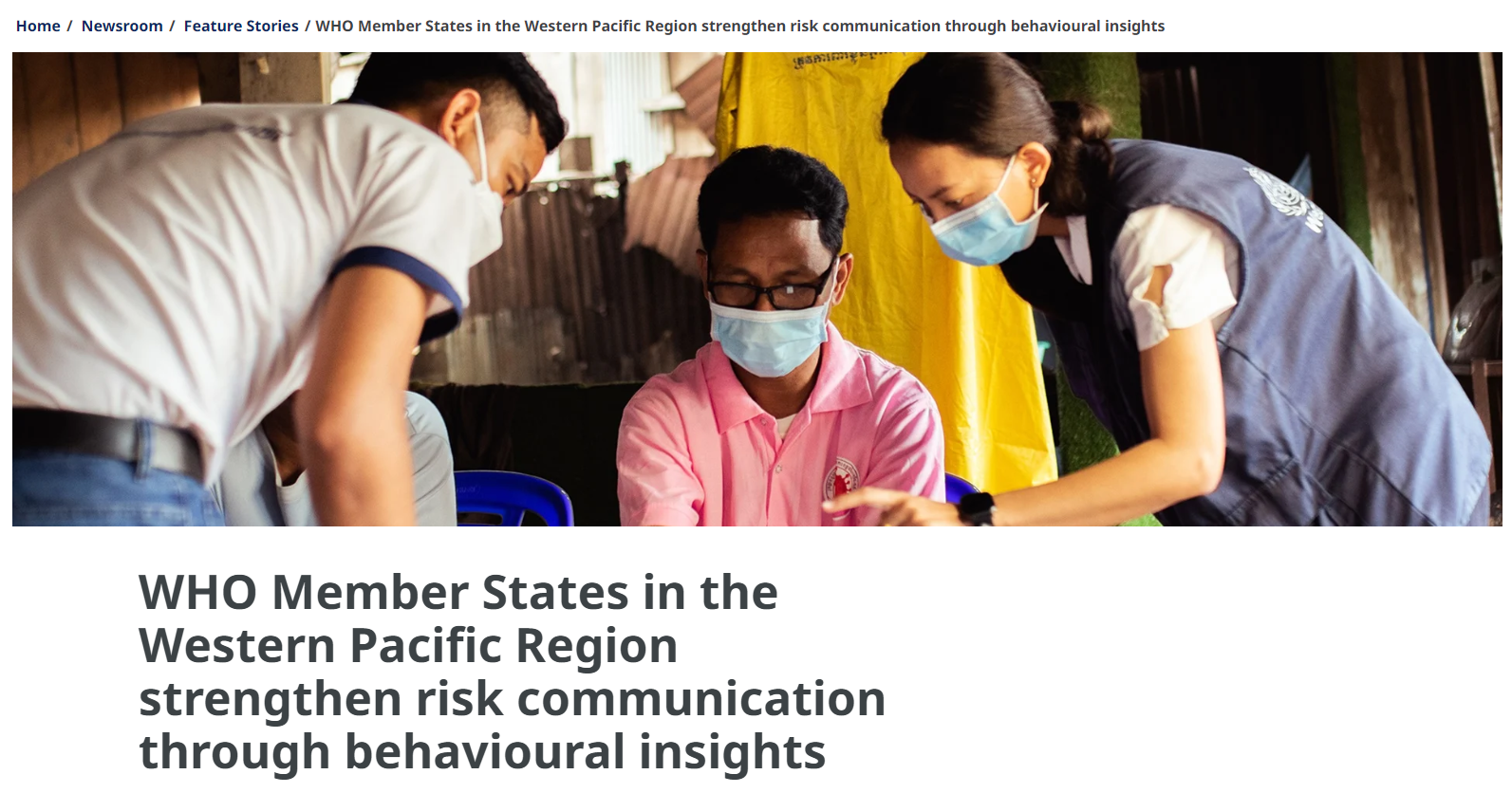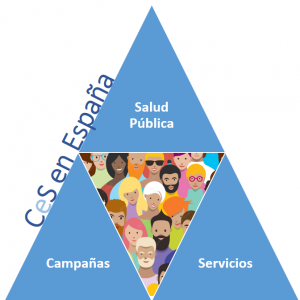WHO Member States in the Western Pacific Region strengthen risk communication through behavioural insights


20 April 2024
The Asia Pacific Health Security Action Framework prioritizes actions to ensure that countries’ emergency response communication activities are community-centred and informed by data and behavioural insights. To help Member States implement the Framework, the World Health Organization (WHO) Western Pacific Region is taking concrete steps to build Member States’ skills and capacity in priority areas − including risk communication and community engagement.
WHO’s Communication for Health (C4H) approach advocates the use of behavioural insights − understanding why people make certain choices about their health − to inform health communication activities, including during health emergencies.
“Communication that is effective, reliable and based on solid evidence is key during a health emergency and it can save lives. Understanding why people behave the way they do, and using these insights to design communication activities should be at the heart of any emergency response,” said Dr Babatunde Olowokure, WHO’s Regional Emergency Director for the Western Pacific. “This approach also enables us to measure and evaluate health outcomes and course-correct if needed.”
Capitalizing on the momentum and capacity built during the COVID-19 pandemic for risk communication, WHO hosted a workshop on “Using Social and Behavioural Insights to Support Risk Communication in the context of Emergencies in the Western Pacific Region”. The workshop brought together ministry of health representatives from seven countries in the Region: Cambodia, the Lao People’s Democratic Republic, Malaysia, Mongolia, Papua New Guinea, the Philippines and Viet Nam. Through active engagement during the workshop Member State participants developed a list of priority actions to promote the use of social and behavioural sciences for future emergencies.
